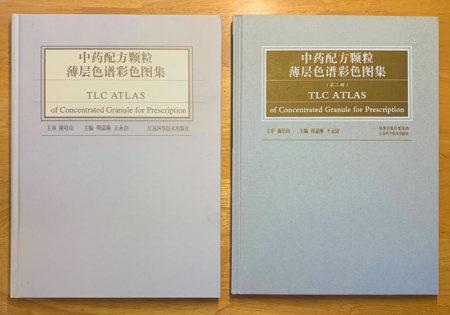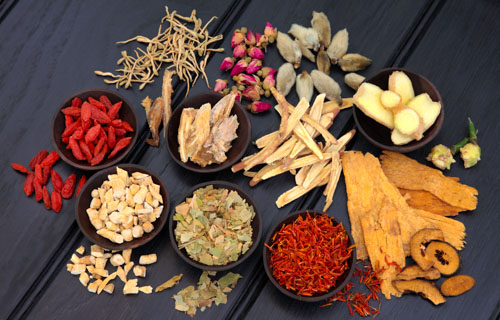Herbs: Purity & Potency
Samples of Course Materials
Medicinal herbs travel from seed to the medical practitioner’s office. Here, we explore how purity, potency, and sustainability are impacted by this journey. From seed to bottle, we look at farming practices, extraction techniques, protection of endangered flora and fauna, quality certifications and testing, traceability, herbal medicine research, and methods for verifying the geo-authenticity of herbal medicines. Ultimately, this entire chain affects the ability of medicinal herbs to deliver positive patient outcomes.
This continuing education course is a multimedia experience with two major components. Written materials are one component, the other is a 1.5 hour video. The following are samples from course materials:
Sample from course materials:
China Pharmaceutical University
This history is important because Tianjiang created an educational consortium with China Pharmaceutical University’s Department of Genetics and Breeding, that specializes in Chinese medicinal herb cultivation. This resulted in the first publication of a work that identified the historically correct species of Chinese medicinal herbs, confirmed by various testing methods, including TLC (thin-layer chromatography). In this way, correct seed stocks are identified and maintained. That work is entitled TLC Atlas of Concentrated Granule Prescription. The following pictures are from a two volume set:

Sample from course materials:
Seeds
The TLC Atlas allows for determining exact botanical identity. Herb producers throughout China and the Chinese government have adopted the TLC Atlas as a definitive standard of Chinese herbal medicine identification. Using TLC and mass spectrometer multi-constituent testing, Tianjiang (in partnership with China Pharmaceutical University) has differentiated specific herb varieties with the greatest concentrations of therapeutic components.
Several decades ago, this level of determining herbal authenticity was unavailable. However, the nascent Chinese herbal medicine industry has grown significantly enough to document this important information.
Requirements for testing and maintenance of seeds is an active process, involving...
More in course materials...
Sample from course materials:
Daodi
Daodi regions are the first choice for growing herbs, unless potency and purity are superior in other regions. The term daodi is similar to the French term terrior (environmental conditions, including soil and climate, for growing grapes).
Daodi has a broader scope in that the term also includes individual herb organoleptic qualities and clinical efficacy. Daodi refers to the traditional regions and...
More in course materials...
Sample from course materials:
Dry Granulation & Optimal Parameters
Tianjiang uses a dry granulation technique, which is superior to wet spray. Dry granulation does not require an excipient and can be achieved at low temperatures, thereby preserving the active ingredients in many herbs.
Tianjiang sets optimal parameters based on variables such as temperature, pressure, length of time, and number of extractions. These parameters have been repeatedly tested in several ways. For example, HPLC (high-performance liquid chromatography) is used to measure the active ingredients in herbs before and after processing to ensure that the active ingredients are...
More in course materials...
Sample from course materials:
A special 1.5 hour video has been developed for this course. Here is a preview of the video materials included in your online CEU course package:


